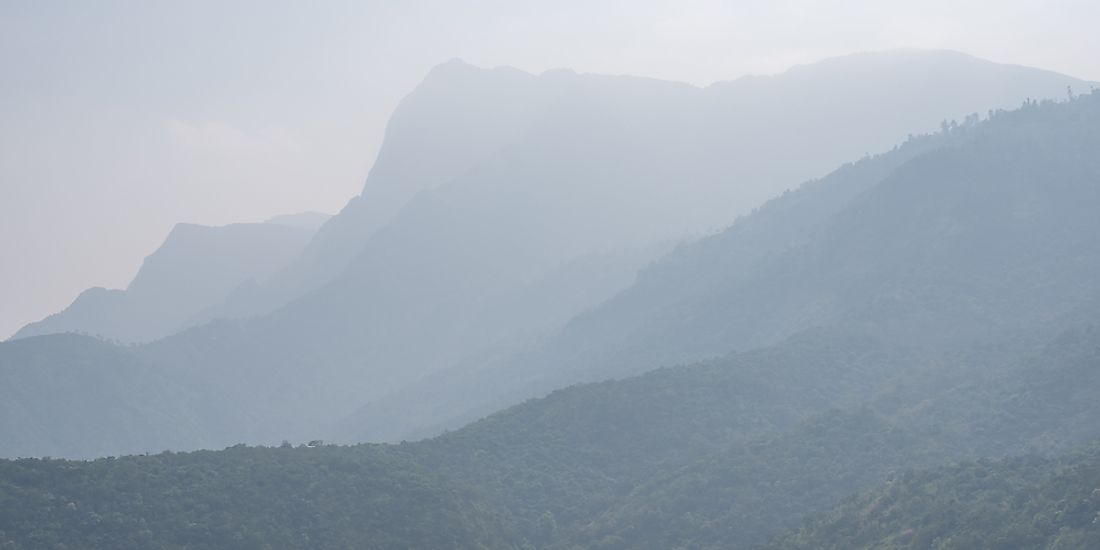What Is A Pediplain?

A pediplain is an extensive flat terrain formed by the coalescence of pediments. The term is used in geology and geomophorlogy, and it is derived from the Latin words pes, which means "genitive case," and pedis, which means "foot." Pediment, on the other hand, is a gently sloping bedrock surface created by lateral erosion or by mechanical weathering. The process through which pediplains are formed is called pediplanation, and the concepts that try to explain this phenomenon were first developed in 1942 by geologist Lester Charles King.
How Are Pediplains Formed?
The formation of a pediplain relies on erosion, which is the force behind the creation of a pediment. The formation of a pediment has not been well documented, and accordingly remains a subject of study, but there are existing theories that attempt to explain the process. As water and wind slowly erode and disintegrate rock surfaces, they reduce mountain ranges into a series of pediments at the base, and these pediments gently slope outward, where they coalesce with each other to form one large plain, which is the pediplain. Typical pediments have slopes with angles between 0.5 and 7 degrees, and are concave in shape. Pediments are best formed in arid and semi-arid areas where rainfall is intense for brief moments of time. Pediments that form in humid areas are usually obscured by vegetation and may be hard to notice.
Pediment Formation Theories
Four theories have been advanced in an attempt to better explain the formation of pediments. The first, called the Lateral Erosion Theory, was developed by G. K. Gilbert and claims that lateral corrosion of mountain ranges by streams is the cause of the formation of pediments. The second theory, Lawson’s Recession Theory, developed by A. C. Lawson, attributes the formation of pediments to the gradual recession of mountain fronts, which is caused by weathering and erosion. The third theory, called the Composite Theory, argues that the formation of a pediment is the work of more than one geomorphic process. The theory states that it takes the combined processes of lateral erosion of mountain fronts by streams, the erosion of foothill zones, mechanical weathering of the rocks that form mountain fronts, and the simultaneous lateral and mechanical erosion, and that all of these processes must occur at the same time. The fourth theory, called the Sheet Flood Theory, was created by W. J. McGee who claimed that pediments are the result of erosion of the already weathered bedrock by sheet-floods that occasionally form after torrential rainfall in arid areas.
Characteristics of a Pediplain
A pediplain consists mostly of thin alluvial surfaces that have undergone extreme erosion, and therefore it is not compacted. Pediplains are mostly formed in arid, semi-arid, and savanna regions where erosion is more intense due to the lack of sufficient vegetation cover. It is believed that the pediplain could be the last stage in the evolution of landform, and the end result of erosion process.











